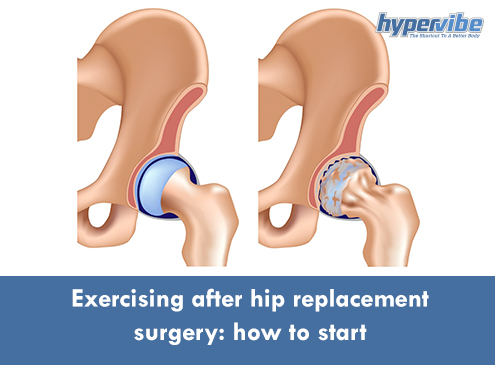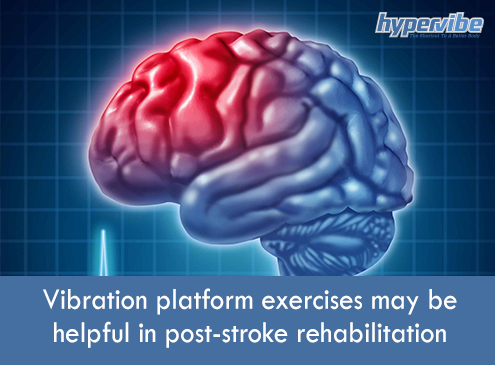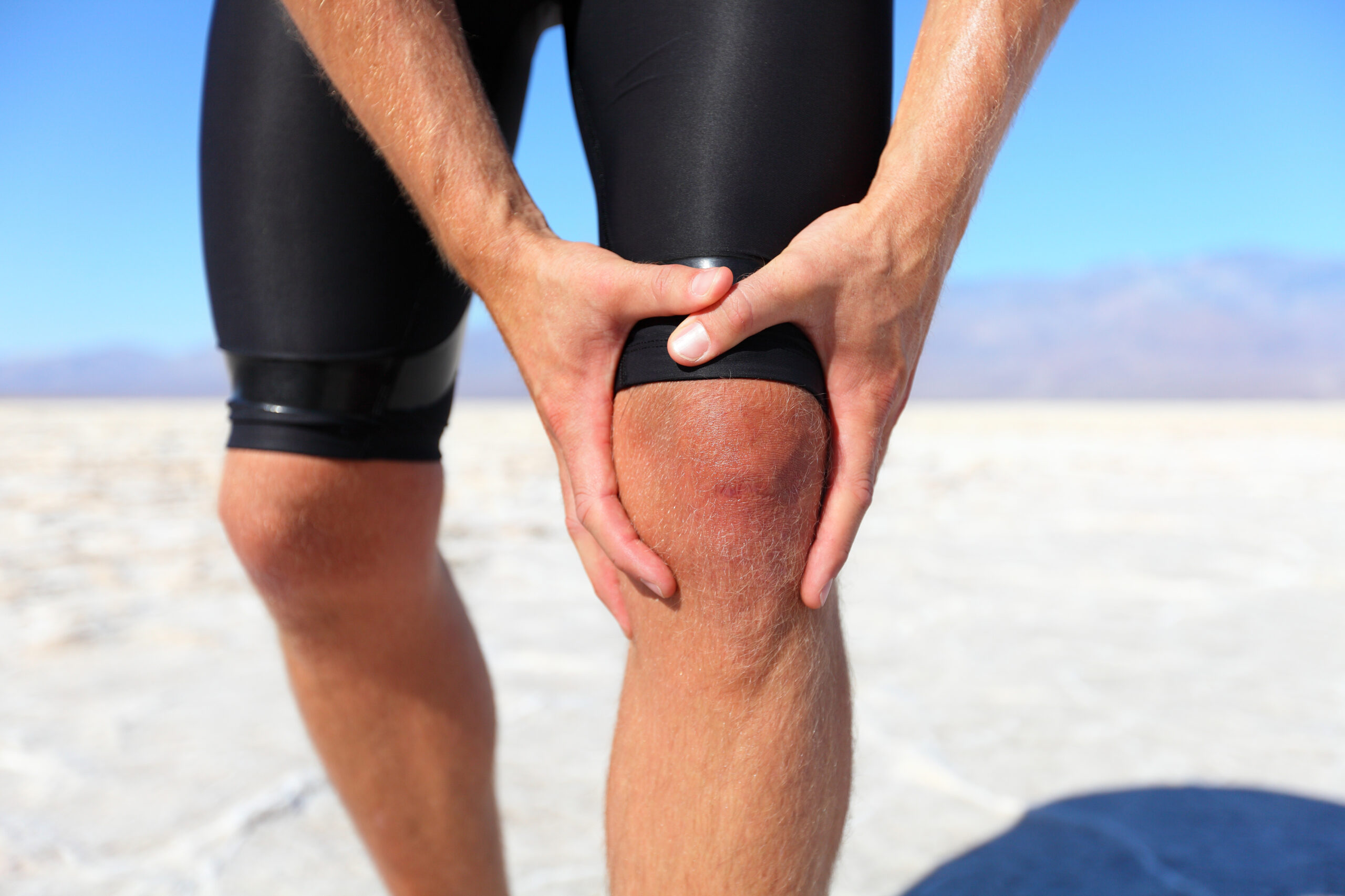Safe Exercise Post Hip Replacement
Returning to an active lifestyle after hip replacement surgery should happen progressively, as although the benefits of exercising are significant, it may not be safe to start exercising again too soon. Some forms of exercise like jogging or running, heavy lifting, and even activities that are considered low-impact, like yoga or Pilates, for example, may not be a safe choice after HR surgery.
What happens during the hip replacement surgery?
Exercising improves your cardiovascular fitness, flexibility, muscle strength, endurance, coordination and balance. But it’s important to acknowledge that HR surgery is a life-changing experience, and you may need to change a couple of things in your lifestyle after having your hip joint replaced, as you may not be able to perform all activities safely.
During this procedure, the damaged portion of your hip joint is replaced with artificial parts – usually the top of the femur, which ends in a rounded ball, and the acetabulum or the curved space in the hip bone that accommodates the femur’s head. When this ball-and-socket joint gets damaged, it affects one’s ability to walk and to perform various daily tasks, so the parts that are too damaged to function properly have to be replaced.
An artificial (usually metallic) ball with a stem is placed instead of the femur’s head, and a ceramic or plastic cup socket is used as acetabular prosthesis, the two components being fixed with a cement or with a cementless system that allows the bone to grow through the microscopic pores of the prosthesis, preventing the prosthetic from moving.
Total hip replacement is usually performed in people with degenerative arthritis of the hip – regularly occurring in older people, but also patients with the trauma of the hip joint caused by injuries, fractures, rheumatoid arthritis, or systemic diseases like lupus erythematosus.
These conditions that cause damage to the components of the hip joint trigger chronic pain that occurs even when doing simple tasks like arising from a sitting position, walking, or climbing stairs. The purpose of HR surgery is to reduce the pain, allowing the patient to return to an active lifestyle.
Returning to exercise after having your hip joint replaced
The treatment in the first few weeks after a hip replacement surgery is meant to improve balance, strength, and flexibility so that you can walk without assistive devices and progressively return to your regular activities. It may take about 3-6 months for you to return to sports activities, but this doesn’t mean you’ll have to wait for that much to start exercising again.
Physical therapy usually begins the first days after surgery, with exercises that target the hip joint and aim to help you regain full joint movement. For this purpose you will start with 20-30 minutes of exercise, 2-3 times a day, in the early recovery stage, the goal of these exercises being to improve circulation in the legs and to prevent blood clots after surgery. These exercises won’t do miracles in terms of muscle strength but they will tone your muscles and reduce postoperative pain.
You will start with small exercises like contracting and relaxing the muscles in the legs and buttocks: ankle rotations and pumps, bed-supported knee bends, abductions exercises and buttock contractions while lying on the bed, straight leg raises, lying leg kicks and sitting kicks, then as you regain strength in your lower body, you will move to stand hip abductions and knee raises, hip extensions and other similar exercises.
But besides performing these exercises you also need to start walking again, so once the pain decreases you should start walking with the help of a walker, then as your walking ability improves, with a crutch or cane. Such devices will help improve balance and prevent falls while allowing your muscles to get stronger and your hip joint to regain its flexibility and range of motion.
More advanced recovery activities include cycling, swimming, low-impact aerobics, rowing, golf, while sports that should be avoided include high-impact sports like basketball, football, soccer, snowboarding, as well as high-impact aerobics, weight lifting, jumping and running, as these place too much stress on the hip joint.
Whole body vibration may also be a safe alternative for patients with hip replacement surgery, studies showing that this form of training, which is considered low impact, can improve function and accelerate the recovery.
Have something to add to this article? Comment below or join our Facebook community and share your thoughts with us!














